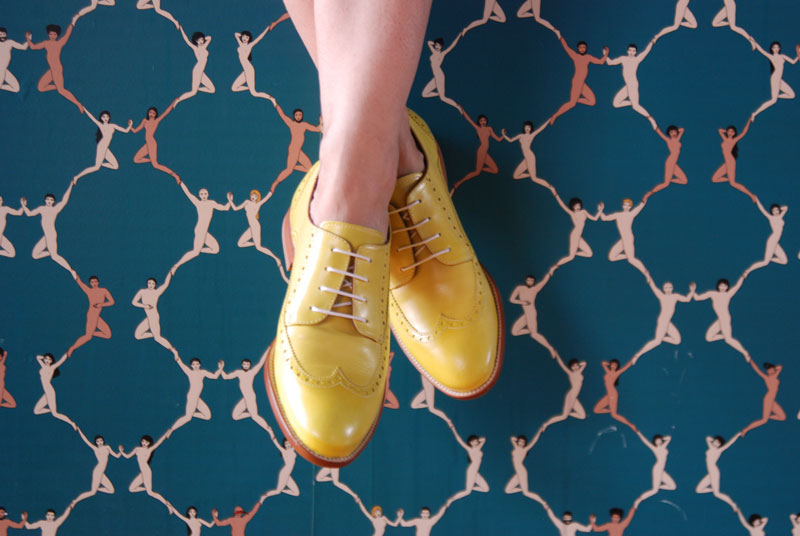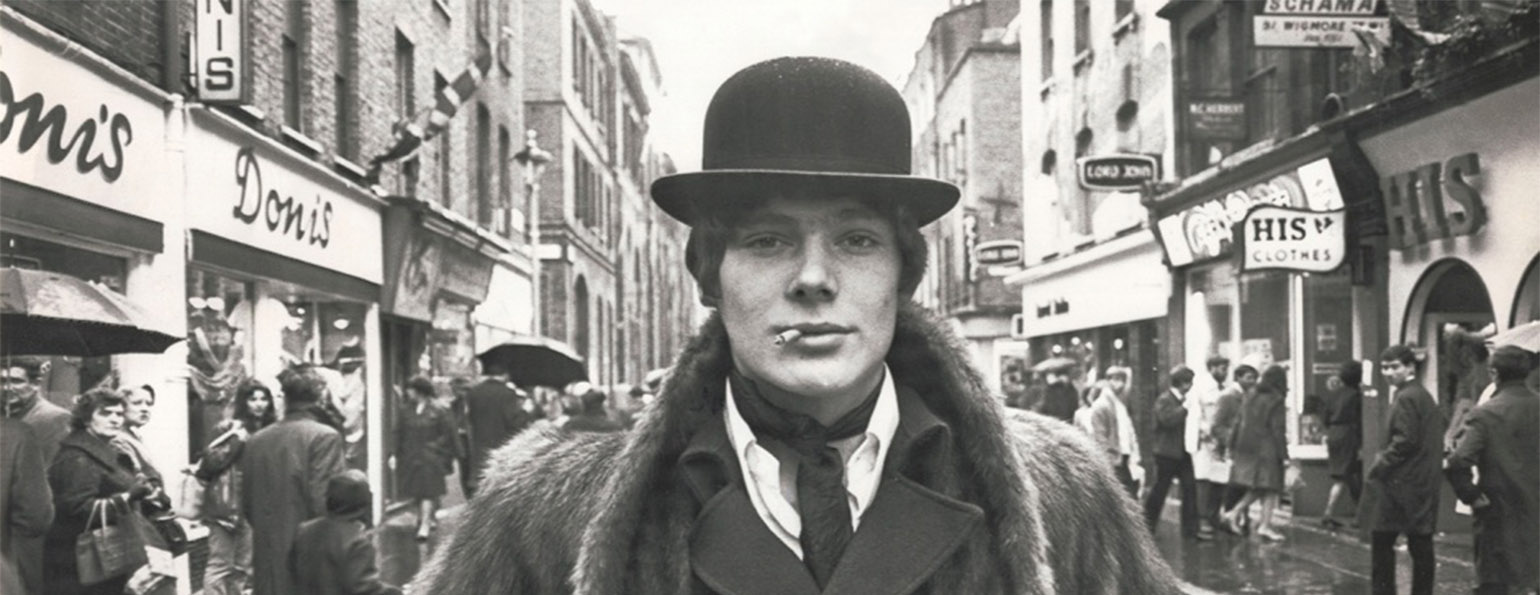Trends
Dandy’s attitude, clothes and shoes
The origins of dandyism. Tips on how to dress and fit like a Dandy, today
Who hasn’t heard the expression “he’s a dandy” or “he’s a real dandy” a thousand times? But curiosity has certainly piqued our curiosity at some point. To know who they were, how they dressed, what dandy shoes were like, why they did it and if there were dandy girls. So let’s talk about the dandy, origins and some tips to dress like a modern dandy.
Searching for the origins of any idea provokes surprises and you can see how there is an internal order. In this order, chance, destiny, context and will intermingle. And we are going to look into one of the precursor movements of much of what we have lived and worn. Both in the 20th century and today.
Origins of the Dandy
The noble and aristocratic classes have always tried to dress as well as possible. You only have to look at the paintings in the great European art galleries to appreciate the enormous effort that was made. But when the contemporary age began, around the time of the French Revolution, society changed dramatically. And among the novelties that arose, and which would become more acute with the emergence of Romanticism in Europe, was the need to differentiate oneself more and more from others, also through clothing.

The novelty was that this time it was not the richest who were the best dressed. Members of the middle classes appeared who took the development of style to the maximum. Obviously the working classes had enough to do with trying to survive, but there were cases of some dandies who came from the lower classes and had no problem standing out, even in those times. Because the key was not money or wealth. It helped a lot, but the important thing was something else. The extreme care in dressing was in many cases a representation of the mental elegance of these individuals.
Because it was not only a question of clothing. Also the refined use of language and occupying one’s time in activities of personal development, enjoyment and cultivation were vital to be considered a dandy. In addition, these early dandies rejected the pomp and glitz when it came to dress. They were going to propose a much more structured and discreet style, both in shapes and colours, for the times. It wasn’t about wearing more, it was about taking care of the details and the materials. To differentiate themselves from others as much as possible and for the better, also externally.
A question of attitude
Some historians believe that dandyism was above all an attitude. An attitude that had quite contemporary characteristics, such as a certain social cynicism. They did not believe in the social classes, which were so marked and stratified. They put their own image in a very high place, understanding that one’s own personality and worth was directly reflected in one’s style. For them, as in the 1960s, the medium was also the message. So it was no joke that it took Brummelt five hours to get ready before going out. And of course, the result lived up to it.

There was a certain cursing in terms of his attitude to society. To succeed was a symptom of having sold out or been somehow domesticated. Evidently, there were many artists, painters and writers, among its ranks. And some of them were real “celebrities”, who, without any great trade or profit, were members of the most select English clubs because of their enormous style. What is even harder to believe is that they did not have a good income, of whatever kind, to be able to dedicate themselves exclusively to being the best.
The Dandy women
One of the least known elements is that the dandy movement was not only masculine. The same dandy ideas were advocated by a number of women. Charles Dickens himself cites the “dandizettes” of the time. Another name was “quaintrelle“, which comes from Quaint, meaning good taste in speech and dress. And although our beloved Mary, for us one of the greatest dandy women of the 20th century, might have given herself this surname on purpose, Quant is her real surname.
The Dandies in France and England
In England, her ideas had so permeated the culture of men’s style by the mid-19th century that they have survived to this day. His is that very British attitude of taking infinite trouble to dress well, wearing the best materials, having the best cuts and designs, using the highest quality accessories, accompanied by the (apparent) greatest of indifference.
In France, style became politicised even in the revolutionary period (realistic white tie, black tie, revolutionary). Later on, the taste for dress went to the barracks. And from there to the more decadent bohemian salons, which would lead directly to French Symbolism.
In the 20th century, there have been dandies in all the arts, such as Oscar Wilde, P.G. Wodehouse or Proust. And following various historians, figures such as our beloved Dalí and Warhol. They certainly are for us.
Contributions of the dandies
With all that we have said, it may seem that they are nothing more than old-fashioned eccentrics. But apart from being the first “celebrities” for aesthetics and inventing the attitude of social success by despising the established order, they have brought many other things. Among them, the absolute flight from fashion or the conventions of their time. They are clearly the precursors of all the urban tribes and subcultures that have followed. They created a space of radical differentiation from the conventional and a space of similarity between those who were different. As Charles Baudelaire, one of the greatest poets and part of the movement, said, “Dandy is born“.
The tie, long trousers and accessories
So the first to wear trousers, as we understand them today, were them. The tights and half-legged trousers were done away with because of their impetus. Even today, when we see the British judges, we have to remember them, because they completely abandoned any kind of wigs and wore their own hair. Another element we owe to them is the widespread use of the tie. Although the word and the original idea came from Croatian soldiers in the 17th century who wore a red tie around their necks, which was put on by their sweetheart before going to war. In this case, it was Brummel who popularised the current long tie. And last but not least, the importance of wearing good accessories. Along with them, footwear will be paramount.
>
The Dandy’s Dress Boots
One of the most loved garments for them were the boots. We can say that the Dandy Shoes were originally boots. But worn as a garment, not only functional. As opposed to the nobility who were more rural, all the dandies were very urban. Evidently the urban layout was not as clean as it is today, so wearing good boots was a necessity of both style and neatness. Here we can’t resist quoting the anecdote of Brummel using Champagne to clean his shoes. As a gesture it is the best, but the use of alcohol with leather is not very recommendable (especially to maintain the colours…).
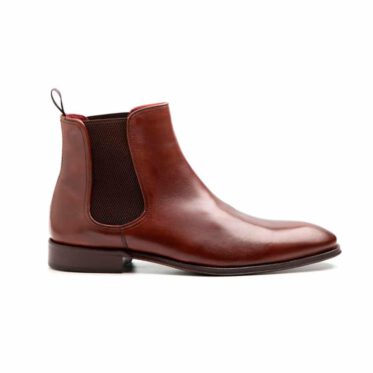
Some tips for the dandy, today
To finish, we would like to give a few hints of what could be some elements of style close to the principles of dandyism.
Zero complexes and zero fear. But at the same time, to be able to safely break the rules, you have to know them perfectly.
Avoid unnecessary stridency. If you are going to draw attention to yourself, you have to draw attention to your extreme quality, not to the outlandish. In their time, those who fell into these excesses were called “macarroni” or, in the case of the more baroque nobles, “fod”.
Dressing well as a whole and well in every part. Passion for detail. Clothes that are good, look good, are in good condition and fit perfectly.
Do not be afraid of patterns and prints, there may be a garment or element that accentuates, but within an overall harmony.
The coat is of paramount importance to cover the whole outfit. A good coat, be it a trench coat, a crombie or any type of overall, is vital in this aesthetic.
The accessories give the measure to differentiate even more if possible. Here it’s practically saying yes to everything. Yes to hats, caps or whatever it is necessary. If the cane seems too much, the umbrella is a fantastic substitute. Gloves always give a perfect and formal touch. The tie or bow tie and for the most sybarites, the foulard around the neck, (or a good scarf for the coldest ones) cannot be missing.
The basis of everything
And the basis of every good dandy is to wear good dandy shoes. The classic gentleman boots and for the most classic ones, a good pair of Oxford shoes or a pair of brogues, whether they are two-tone or not, can put the final touch to the personal style of our modern stylist. Here at Beatnik, we make some of the best shoes made in Spain in the best leather, for both men and women, as you can see in this link to our collection. As a suggestion of some Dandy shoes we show the following.
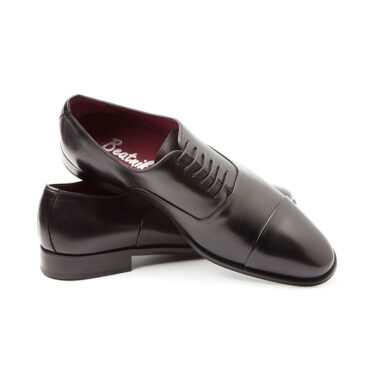



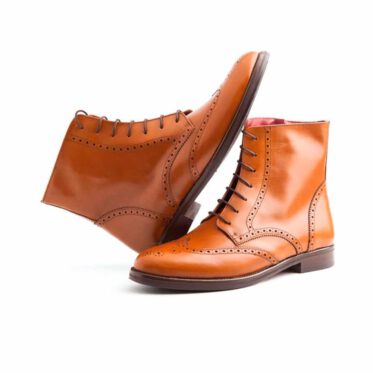
We hope you liked them and we would be delighted to hear your opinion.

